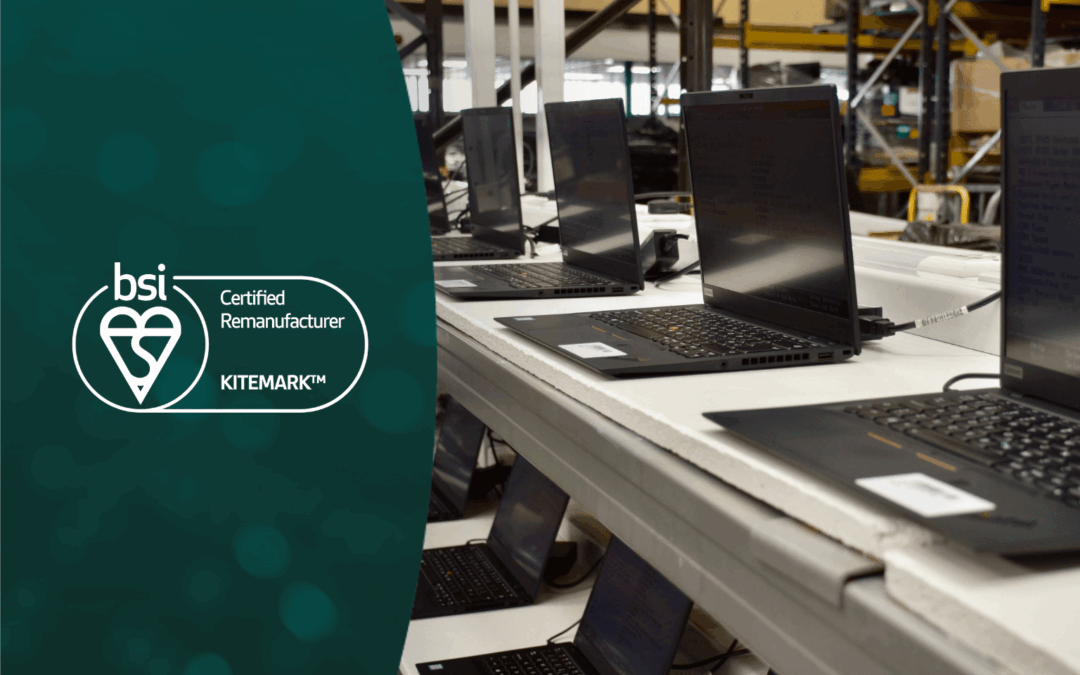It is critically important to protect sensitive data in business. However, in many organisations, not enough is being done to educate staff about how they can effectively protect their data beyond, creating a secure password. A myriad of other systems exist that can further your efforts to protect business data. Two-factor authentication, or 2FA is just one of those systems.
There are many benefits of two-factor authentication,, but do they actually outweigh the disadvantages of the processes involved in having them in place?
What is two-factor authentication?
Two-factor authentication is a process that adds an extra level of authentication to account log-ins. It requires you to have multiple pieces of information in order to access certain data, often more than just a simple username, email address or password. Accounts making use of two-step authentication usually require at least two of the following:
- A knowledge factor: e.g. a personal identification number, a secondary password or a pattern- these may include one-time passwords, generated to be used once and will change each time that the information is accessed;
- A physical factor: e.g. a payment card, a mobile phone or a fob or key card;
- Personally specific data: e.g. a fingerprint, a retina scan or voice recognition technology.
Is it a new system?
The phenomenon of two-factor authentication seems like a relatively new concept to the tech industry and for online accounts, but Google introduced it back in 2001. That said, in some ways it has actually existed for a very long time. For example, in order to withdraw money from a cash machine it is important that the user have both a physical factor (the debit card) and a knowledge factor (the PIN number).
What are the benefits of two-factor authentication?
Now that it is clear what two-factor authentication actually is, why is it important that you use it?
- It helps to protect sensitive data and prevents it from falling into the hands of cyber criminals
- It can be incredibly easy and straightforward to use, as it shouldn’t require knowledge of any obscure information that is difficult to remember
- It is inexpensive for businesses to implement, as it requires little employee training and education.
What are the disadvantages of two-factor authentication?
In spite of the benefits of this system, there are also some cons that are worth considering.
- -Even though 2FA does help to reduce the risk of cyber criminals gaining access to sensitive data, it isn’t completely resistant to malware attacks, card-reader skimming and other criminal activity.
- It is possible for the physical factors, such as payment cards or mobile phone, of two-factor authentication to be lost or stolen, giving potential criminals a head start.
- In rare instances, it could be bypassed with the use of the ‘account recovery’ feature, which allows temporary emails to be used and passwords to be reset, making 2FA pointless.
If you’re looking for a quick fix solution to protecting sensitive data within your business, two-factor authentication is a great option: its low cost and ease of use makes it accessible to everyone. However, you should be aware that it isn’t foolproof and care still needs to be taken with sensitive business data.
[Photo Credit: Derek K. Miller]



